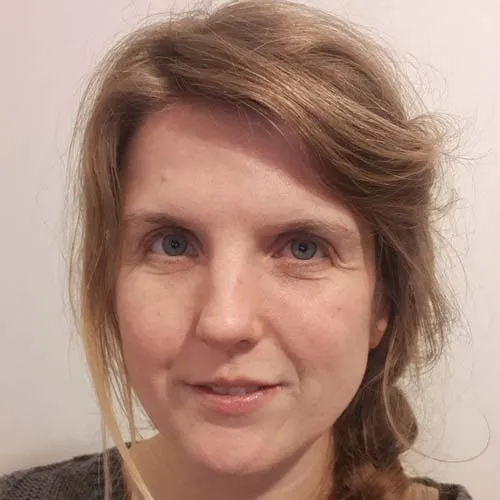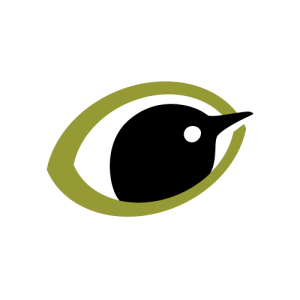Citation

In more detail
New collaborative BTO research has used GPS to provide insights into the movements and habitat needs of Herring Gulls outside the breeding season. Researcher fixed GPS tags to 20 Herring Gulls breeding at four colonies in southwest Scotland (Oronsay, Islay, Pladda and Lady Isle) and one colony in northwest England (Walney) to better understand this Red-listed species of conservation concern.
During the non-breeding season, Herring Gulls used a range of habitats as would be expected for this opportunistic generalist species, that can survive on a wide variety of different foods. However, habitats were not used randomly based on their availability, with habitat selection differing between geographical regions and between individuals in the same region. Although Herring Gulls showed a preference for intertidal habitat in all regions, a mix of forging habitats, including grassland and farmland, were important over the course of the non-breeding season.
Although several individuals stayed close to their breeding colony, most migrated in a south-easterly direction (up to 190 km from their colony) and kept moving to different areas through the non-breeding season. Individuals also differed in the habitats they selected, with moderate habitat specialisation, indicating that resource use was flexible across time and space. This level of habitat and spatial segregation, as well as each individual gull’s distribution over a broad range of habitats and space, may help reduce competition for limited resources and buffer populations from localised anthropogenic pressures (for example, coastal development) during the non-breeding season.
The results also highlight that the habitat preferences and movement patterns of generalist species cannot in fact be generalised, even between nearby regions, which has implications for appropriate regional-specific spatial planning and conservation management.
The authors thank the technical support of the GPS-devices from Gary Brodin at PathTrack and Nosrat Mirzai, and Ewan Wakefield and Paul Johnston for statistical advice. Thanks to John Hartley (Hartley Anderson Ltd), Emma Cole, Mandy King, Sophie Thomas and James Burt (DECC), and the late Mark Rehfisch (BTO) for support. Angus Lothian, Terry Southall, and the RSPB Oronsay Staff helped with fieldwork in Scotland. Thanks to Cumbria Wildlife Trust and Natural England for permissions and Emily Scragg for help with fieldwork in northwest England.
Abstract
Understanding both the distribution and habitat use of populations through the annual cycle is vital to understanding how vulnerable species are to environmental change. However, distributions and habitat use can vary among individuals and populations, particularly in generalist species, with variation depending on external environmental factors, such as resource availability. Comprehensive information across multiple populations is important to guide spatial planning of protected areas and is increasingly available for breeding individuals, but it is still lacking for many species, particularly seabirds, during the non-breeding season, especially those with declining populations. We investigated within-species variation in migratory strategies, non-breeding habitat selection and habitat and spatial specialisation in a declining, opportunistic, generalist seabird, the European herring gull Larus argentatus, from multiple breeding colonies across northwest England and southwest Scotland using GPS tracking during the non-breeding season of 2014/15. Although several individuals stayed within the area of the breeding colony, the majority of individuals migrated in a southerly direction and spent half of the annual cycle (on average 53%) away from the breeding area and kept moving through the non-breeding period. During non-breeding, herring gulls selected mainly marine intertidal, but also a range of anthropogenic terrestrial habitats. However, habitat selection differed between geographical regions, within a geographical region and among individuals. There was a generalist use of non-breeding habitats at the population level, but some habitat specialisation at the individual level that was repeatable through the non-breeding period despite individuals showing low spatial specialisation. The results highlight the importance of intertidal habitat and a mix of alternative foraging habitats in the wintering areas of herring gulls. The results also highlight that habitat selection in an opportunistic generalist can vary even between nearby regions and that appropriate conservation management plans may need to be tailored to regional differences in specific non-breeding areas.





